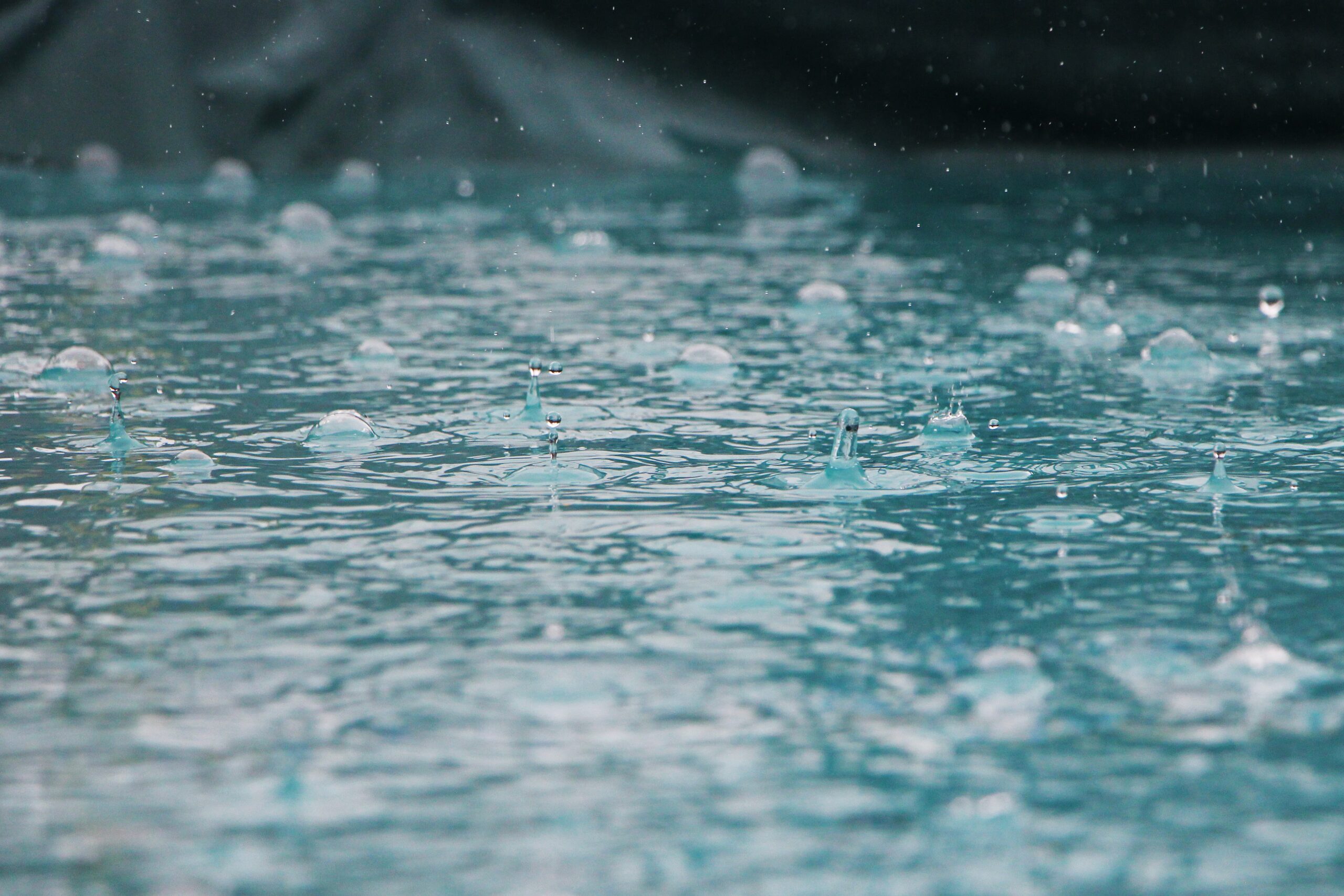Wet-weather Driving Tips
Posted in Accident & Injury on March 29, 2022

According to the U.S. Department of Transportation, most weather-related crashes happen on wet pavement and during rainfall. Two of the most common causes are hydroplaning and slippery conditions due to the release of oil, grease, and dirt on the road. However, many other factors can contribute to a motor vehicle accident on a rainy day.
These tips may help save a life.
- Slow down. When it rains, visibility may be limited, making it difficult to see—not only other vehicles, but also traffic signs and the edges of the road. To prevent skidding, take turns and curves with less speed than you would in dry conditions. A reduced speed can also help to prevent hydroplaning, when the tires rise up on a film of water.
- Beware of hydroplaning. When the water on the road builds up faster than the vehicle’s tires can push it away, the water pressure causes the vehicle to rise up and slide on a thin layer of water between the tires and the road. At this point, the vehicle can be completely out of contact with the road, and in danger of skidding or drifting out of the lane.
- Keep your distance. It takes longer to stop or adjust speed in wet weather, so increase your following distance. Be especially careful to stay back from large trucks or busses, because the spray created by their large tires can reduce vision.
- Do not use cruise control. Cruise control is designed to keep your vehicle going at a constant speed. If you begin to skid, or become bogged down in standing water, the computer may actually cause your car to accelerate. Drivers using cruise control are also more prone to becoming distracted.
- Turn on your lights. Don’t forget that any time windshield wipers are used, Ohio law states you must also turn on your headlights. Additionally, motorists are required to turn on their headlights between sunset and sunrise and during any period of rain, snow, fog or other unfavorable atmospheric conditions—regardless of the time of day. Lights also need to be used at any other time when natural light conditions do not make it possible to see objects 1,000 feet away clearly.
- Watch for pedestrians. Use extra care near crosswalks and other areas with people on foot. A pedestrian running to get out of the rain could take an unexpected path and may not be aware of traffic. Also, remember that animals are extremely hard to spot in rainy conditions—and even harder to avoid.
- Brake early and gently. Gradual braking earlier than normal will not only increase the stopping distance between you and the vehicle in front of you, but will also warn the driver behind you that you’re slowing down. Also, always be sure to use your turn signals so other drivers on the road have enough time to react.
- Never drive through moving water. If you can’t see the ground through rushing water, your vehicle could be swept off the road. Be safe and take another route.
- Avoid driving through deep water. That large puddle could be hiding a gaping pothole or other hazard. If you can’t determine how deep the water is, or if it extends up over the curb, it’s best to go around it.
- Don’t drive if visibility is poor. If it starts raining so hard that you are unable to see the road, traffic signs or vehicles in front of you, put on your hazard lights, pull over and wait for the storm to pass.
Remember, rain may seem harmless, but driving in wet weather can be dangerous. The most important thing for drivers to remember is to SLOW DOWN!